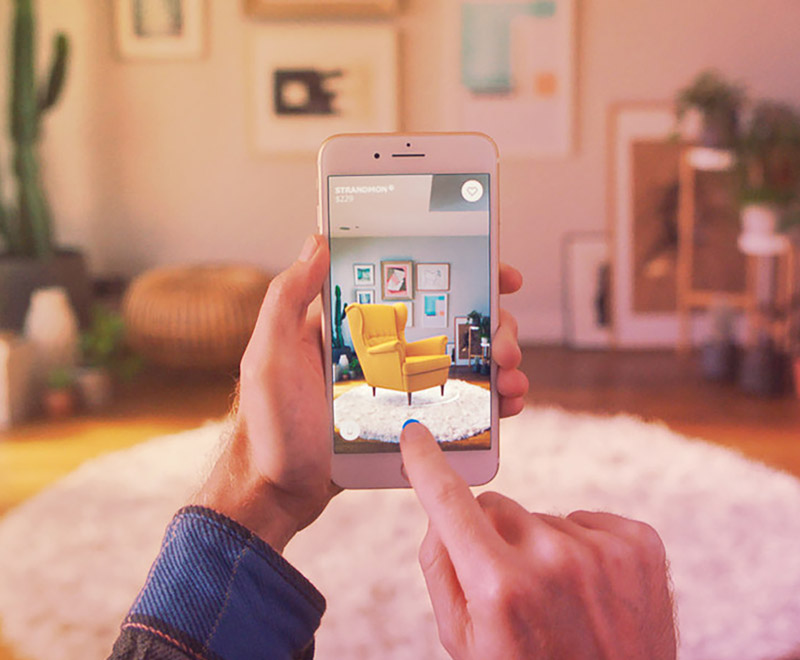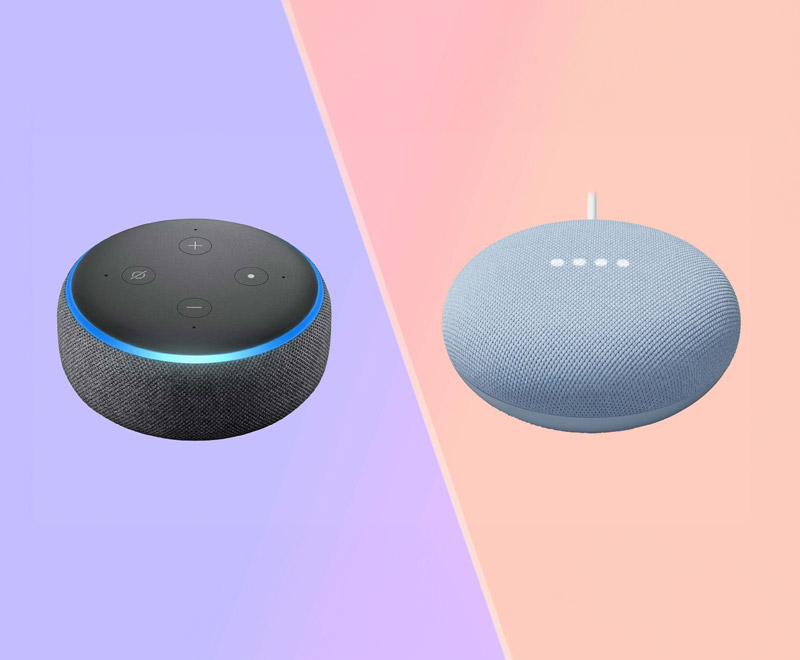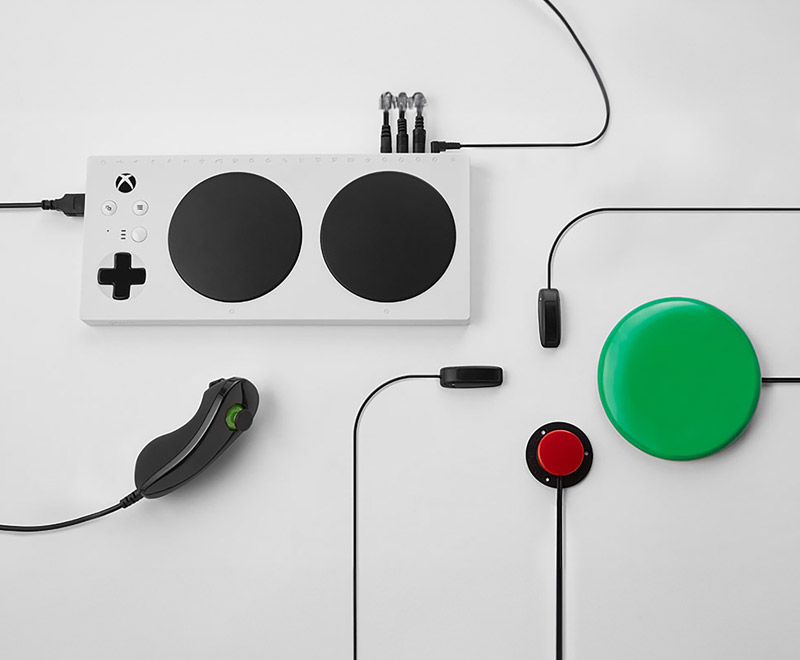

In the fast-paced world of technology and innovation, user-centred design (UCD) has emerged as a pivotal approach, transforming how products and services are conceived and delivered. As we navigate through 2024 and beyond, the landscape of UCD is evolving, driven by technological advancements, changing user expectations, and new methodologies. This article delves into the future of user-centred design, exploring the latest trends and innovations that are shaping this dynamic field.
User-centred design is a design philosophy that prioritises the needs, preferences, and behaviours of end-users throughout the development process. By placing users at the heart of the design process, businesses can create more intuitive, effective, and satisfying products. In an era where customer experience is a key differentiator, UCD is more important than ever.
AI-driven Design
Artificial Intelligence (AI) is revolutionising UCD by enabling designers to leverage vast amounts of data to create more
personalised and efficient user experiences. AI-driven tools can analyse user behaviour, predict preferences, and even generate
design suggestions. For instance, AI algorithms can personalise website layouts in real-time based on individual user interactions,
enhancing engagement and satisfaction.

"Airbnb uses AI to personalise user experiences, from recommending unique stays to tailoring the search results based on past behaviours and preferences. This AI-driven approach helps Airbnb create a seamless and highly personalised experience for each user."
Augmented Reality (AR) Interfaces
Augmented Reality is another game-changer in UCD, offering immersive experiences that blend the digital and physical worlds. AR
interfaces allow users to interact with digital content in their real environment, providing a more engaging and intuitive experience.
From virtual try-ons in fashion retail to interactive user manuals, AR is expanding the horizons of user interaction.
"IKEA’s AR app, IKEA Place, allows users to visualise how furniture would look and fit in their homes before making a purchase. This not only enhances the shopping experience but also reduces the likelihood of returns, benefiting both customers and the business."

Hyper-Personalisation
With the advent of big data and advanced analytics, hyper-personalisation is becoming a cornerstone of UCD. This trend involves
creating highly customised experiences for users based on their unique preferences, behaviours, and contexts. Hyper-personalisation
goes beyond mere segmentation, aiming to deliver a one-to-one experience that resonates deeply with each user.

"Spotify’s Discover Weekly playlist is a prime example of hyper-personalisation in action. By analysing users' listening habits and preferences, Spotify curates personalised playlists that feel tailor-made, enhancing user engagement and loyalty."
Voice User Interfaces (VUIs)
Voice User Interfaces are gaining traction as an intuitive way to interact with digital devices. VUIs leverage natural language processing
(NLP) to allow users to communicate with devices using their voice, offering a hands-free and efficient user experience. As voice recognition
technology continues to improve, VUIs are becoming more accurate and capable.
"Amazon’s Alexa and Google Assistant exemplify the power of VUIs. These voice-activated assistants can perform a wide range of tasks, from setting reminders to controlling smart home devices, making them indispensable in many households."

Inclusive Design
Inclusive design is an approach that aims to make products and services accessible to as many people as possible, including those
with disabilities. By considering diverse user needs from the outset, inclusive design not only broadens the potential user base but
also enhances overall user experience.

"Microsoft's Xbox Adaptive Controller is designed for gamers with limited mobility. By incorporating input from the disabled community, Microsoft created a versatile and accessible gaming controller, demonstrating a strong commitment to inclusive design."
While the trends in UCD are promising, they come with their own set of challenges. Integrating new technologies such as AI and AR requires significant investment and expertise. Ensuring data privacy and security in hyper-personalisation efforts is critical to maintaining user trust. Additionally, designing for inclusivity demands a thorough understanding of diverse user needs and potential barriers.
Challenge: Integrating New Technologies
Adopting cutting-edge technologies like AI and AR can be resource-intensive. It requires not only financial investment but also the
right skill sets and infrastructure. Companies must weigh the benefits against the costs and complexities involved.
Challenge: Ensuring Data Privacy
Hyper-personalisation relies heavily on user data, raising concerns about privacy and data security. Companies must navigate regulatory
requirements, such as GDPR in Europe, and implement robust data protection measures to safeguard user information.
Challenge: Designing for Inclusivity
Inclusive design requires a deep understanding of the diverse needs of users, which can be challenging to achieve. It involves continuous
engagement with different user groups and iterative testing to ensure that products are genuinely accessible.
Despite these challenges, there are strategies and best practices that can help businesses successfully implement user-centred design.
Embrace Agile Methodologies
Agile methodologies, such as Scrum and Kanban, can facilitate the integration of new technologies by promoting iterative
development and continuous feedback. This approach allows teams to adapt quickly to changes and incorporate user feedback
throughout the design process.
Prioritise Data Ethics
When leveraging user data for personalisation, it’s crucial to prioritise data ethics. Implement transparent data practices, obtain
explicit user consent, and ensure compliance with relevant regulations. Building trust through ethical data handling can enhance
user satisfaction and loyalty.
Engage in Co-Design
Co-design, involving users in the design process, is a powerful way to ensure inclusivity. By collaborating with diverse user groups,
businesses can gain valuable insights and create products that cater to a wide range of needs. Regular testing and iteration based on
user feedback are essential to this approach.
The future of user-centred design is bright, with numerous opportunities for innovation and growth. Businesses that stay ahead of the curve by embracing new technologies, prioritising user needs, and adopting best practices will be well-positioned to thrive in this evolving landscape.
Embrace a Culture of Innovation
Fostering a culture of innovation within your organisation is key to staying ahead in UCD. Encourage creativity, experimentation, and
continuous learning. Provide your team with the tools and resources they need to explore new ideas and technologies.
Invest in Training and Development
As technologies evolve, so must the skills of your design team. Invest in training and development to ensure your team is
proficient in the latest tools and methodologies. This investment will pay off in the form of innovative and user-centric
products.
Focus on Long-Term Value
While it’s important to keep up with trends, it’s equally crucial to focus on long-term value. Consider how new technologies and
design approaches align with your overall business goals and user needs. Aim to create solutions that not only meet current demands
but also anticipate future trends.
User-centred design is more than just a trend; it’s a fundamental shift in how businesses approach product and service development. By putting users at the heart of the design process, companies can create more meaningful and impactful experiences. As we move into the future, the trends and innovations in UCD will continue to reshape the way we interact with technology and the world around us. Embracing AI, AR, hyper-personalisation, VUIs, and inclusive design will be key to staying competitive in this dynamic landscape. By overcoming challenges and adopting best practices, businesses can unlock the full potential of user-centred design, driving growth and customer satisfaction. The future is user-centred, and those who embrace it will lead the way in innovation and design.
Usman is a digital veteran and a renowned expert in human-centric innovation and product design. As the founder of Pathfinders, Usman works directly with businesses to uncover disruptive opportunities and helps create tangible business value through design and innovation.
Book an initial consultation with Usman »